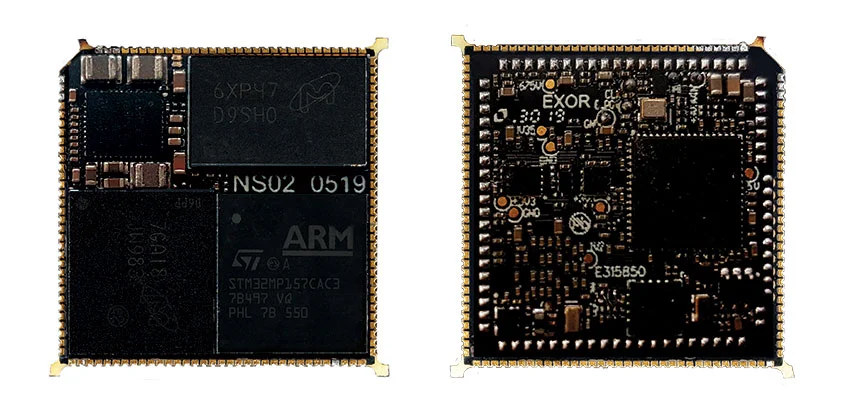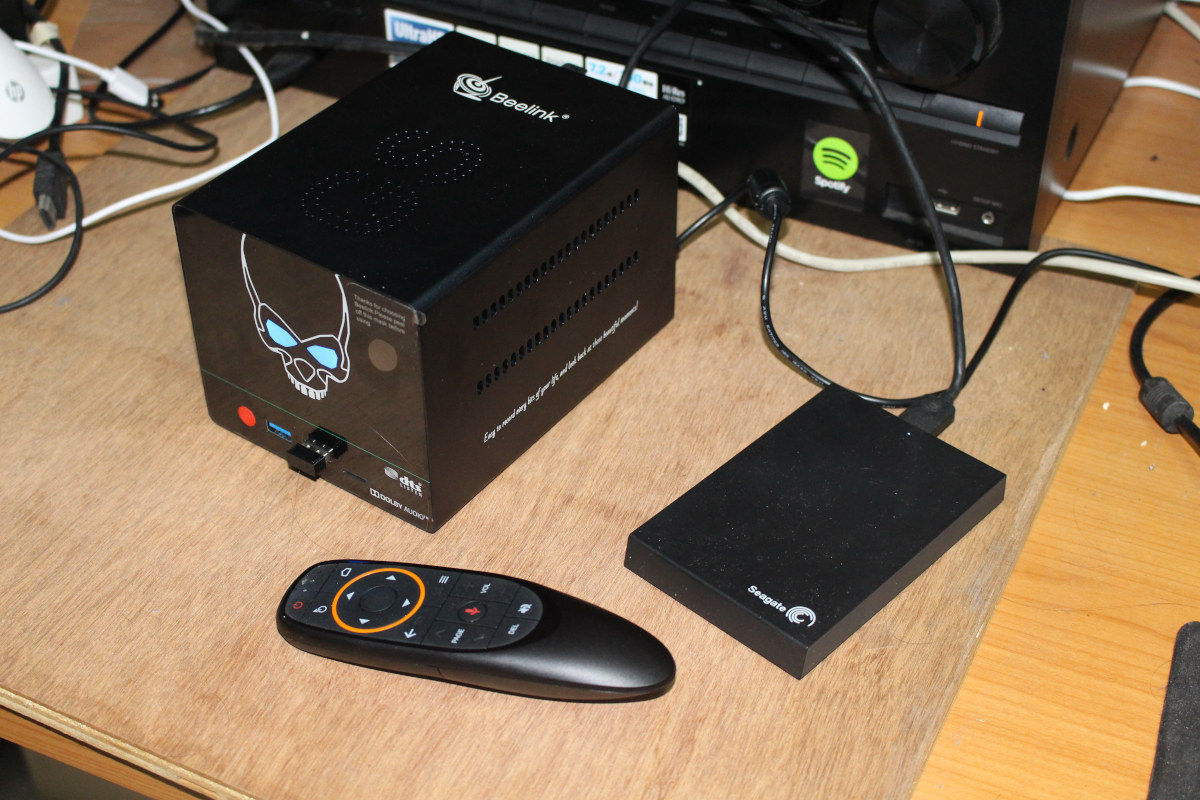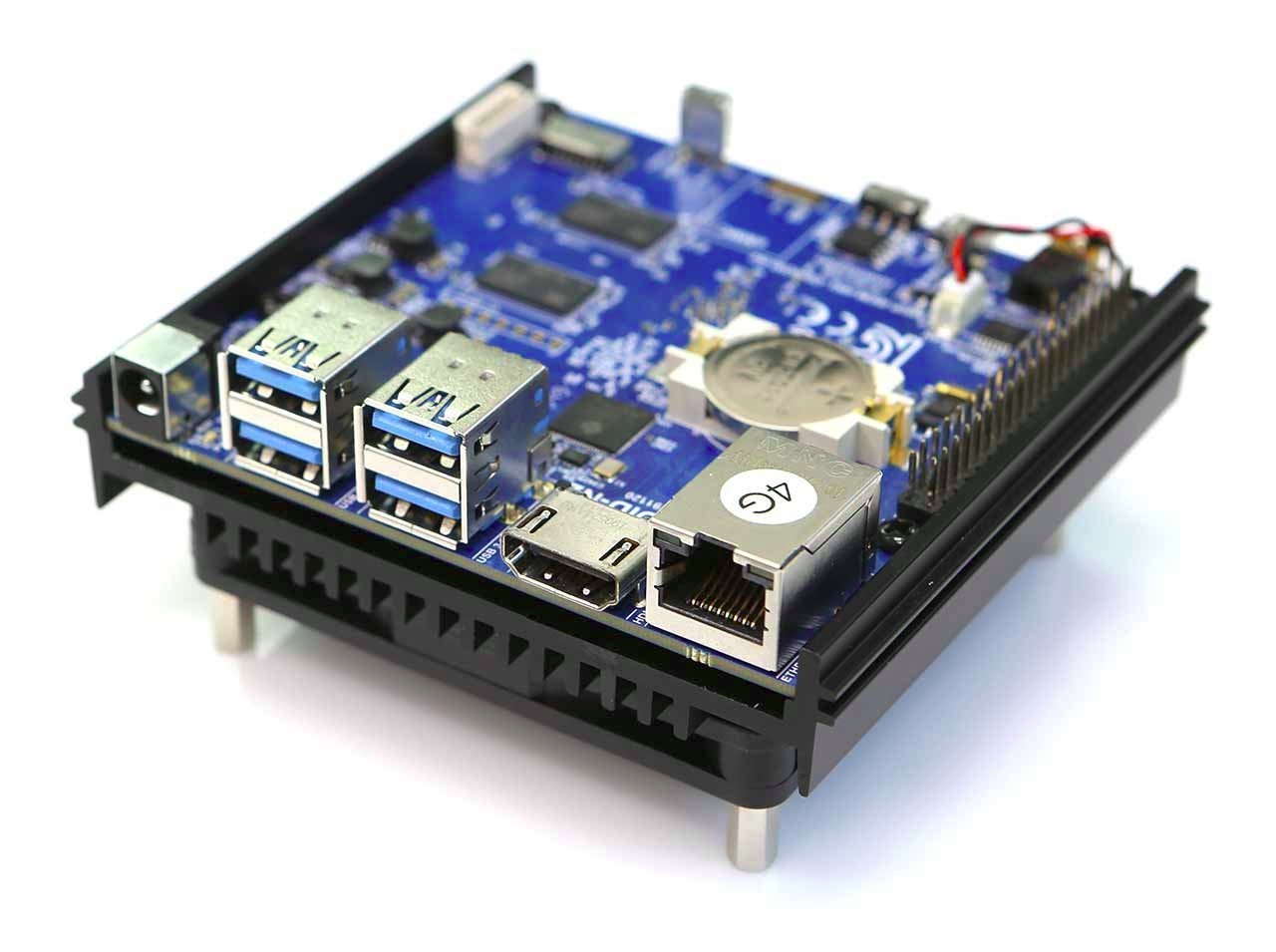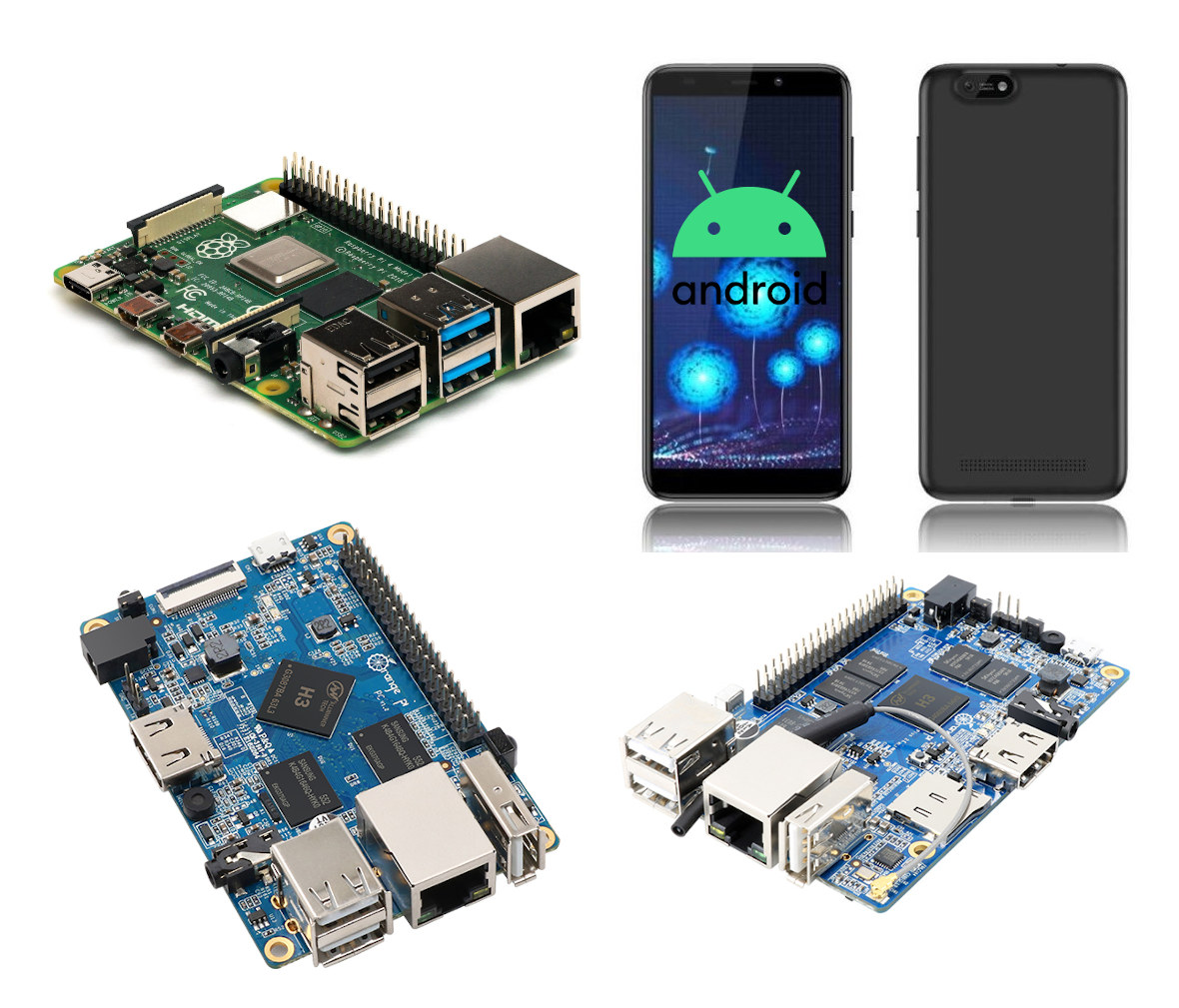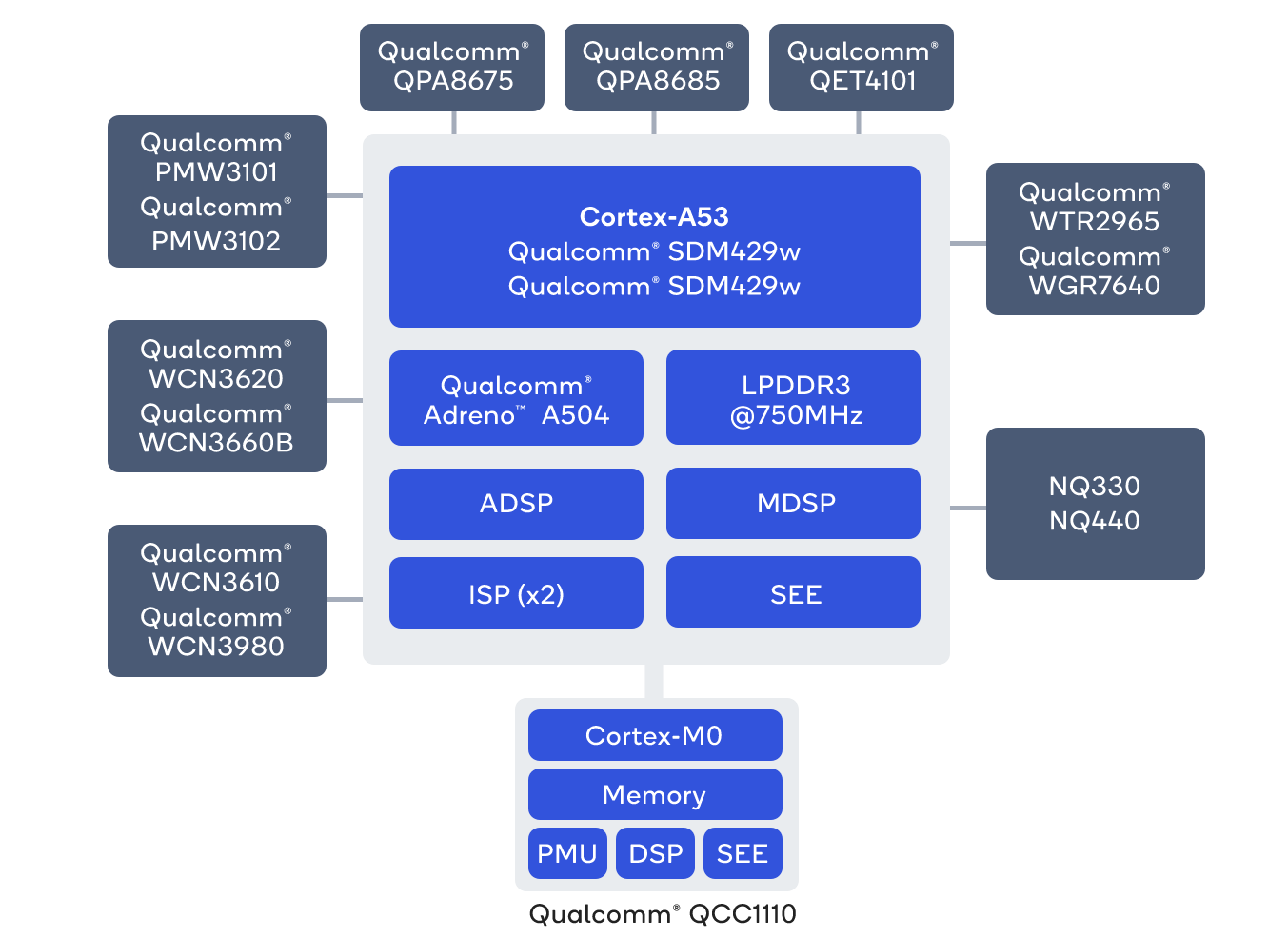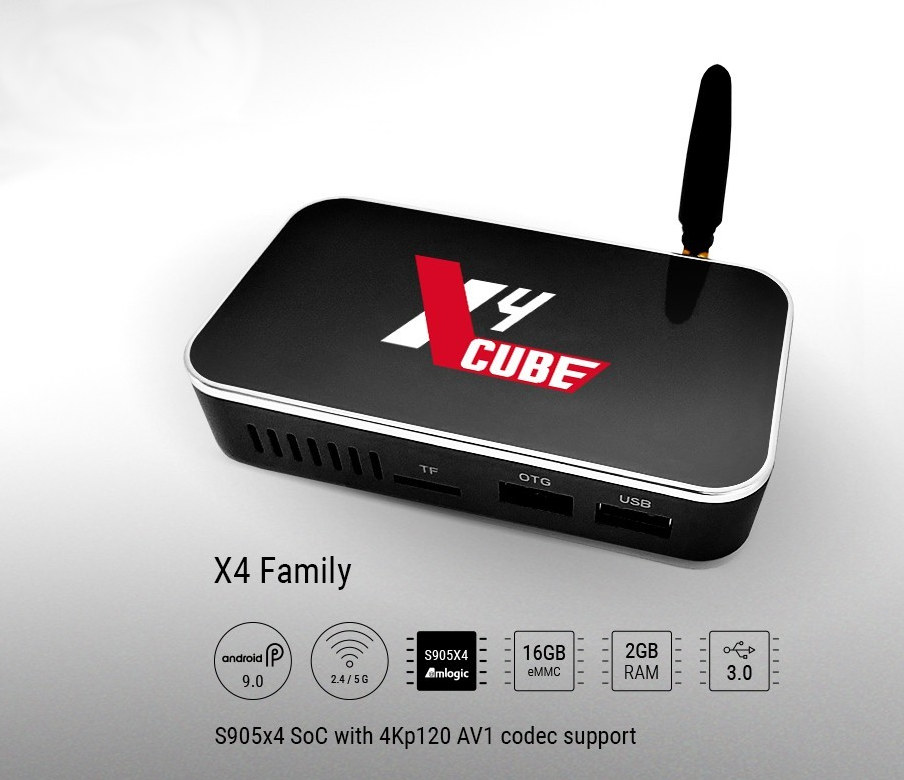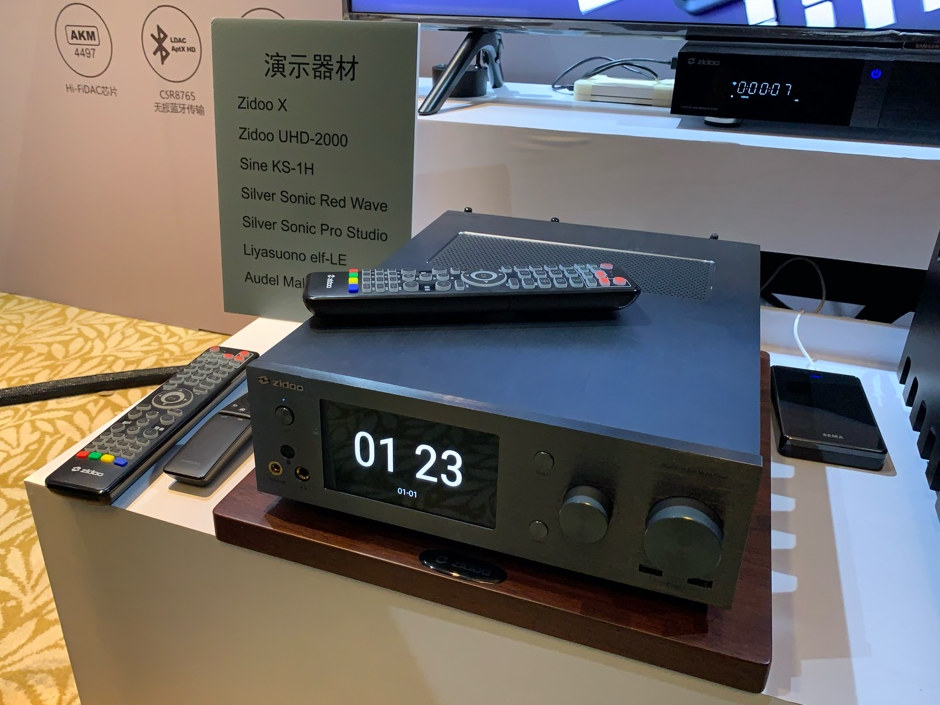Manga and comics fans, rejoice! After years of getting black & white eReaders, the first commercial color eReaders are coming to market starting with Onyx Boox Poke2 Color eReader sold for $299 (but sadly sold out at the time of writing). The eReader comes with a 6-inch, 1448 x 1072 E-Ink display that supports up to 4096 colors, and runs Android 9.0 on an octa-core processor coupled with 2GB RAM and 32GB storage. Onyx Boox Poke2 Color eReader specifications: SoC – Unnamed octa-core processor @ up to 2.0 GHz (possibly Snapdragon 625) System Memory – 2GB RAM Storage – 32GB eMMC flash Display – 6-inch 4096-color e-Ink display with 1448 x 1072 resolution (B&W: 300PPI, color: 100PPI) with finger touch support (e.g. stylus not supported), with 32-level adjustable color temperature (CTM) Connectivity – Dual-band 802.11 b/g/n WiFi 4 and Bluetooth 4.1 USB – Micro USB OTG port Misc – Power […]
Exor nanoSOM nS02 System-on-Module Features the 800MHz version of STM32MP1 Processor
Arrow Electronics and Exor Embedded have announced the nanoSOM nS02 system-on-module based on the 800MHz version of STMicro STM32MP1 microprocessor unveiled last February. The 25.4 x 25.4mm module is designed for IoT edge applications such as smart IoT controllers and gateways, cloud edge interfaces, and building automation. A supporting development kit can also be provided by Arrow Electronics. NanoSOM nS02 specifications: SoC -STMicro STM32MP157 dual-core Cortex-A7 processor @ 800MHz with 3D GPU System Memory – Up to 1GB DDR3L Storage – Up to 32GB eMMC flash, 4KB EEPROM USB & Ethernet Hub – Microchip LAN9512 controller 131x solder pads with Storage – 2x SD Video Output – 24-bit RGB LCD parallel or 2-lane MIPI DSI Camera Input – 8,10,12-bit video input Audio – 1x I2S channel Networking – 2x 10/100M Ethernet (one native, one via USB hub) USB – 2x USB 2.0 host, 1x USB OTG 4x SPI, 1x I2C, […]
Beelink GS-King X Review with Android 9 – Video & Audio Playback, NAS/File Server Function, and Benchmarks
Last month I received Beelink GS-King X for review and started with an unboxing and teardown to check out the hardware. I’ve now had time to test the device with Android 9 including the file server function, a key selling point since of the device since it supports up to two 3.5″ SATA drives internally. A Tedious and Frustrating Start Eventually, I managed to boot the TV box and access the launcher, but it was no pleasure cruise. The first time, I connected the power, there was nothing at all, with the LED turned off, and no noise from the device. I thought the device was dead. The company asked me to check the power supply, and indeed a quick check with a multimeter confirmed it was dead despite the blue LED (on the power supply) implying the contrary. Nevermind, bad things happen, and the company sent me a new […]
ODROID-N2 Plus SBC Gets Amlogic S922X Rev. C Processor Clocked at up to 2.4 GHz
Announced in February 2019, ODROID-N2 Amlogic S922X SBC launched the following month with 2GB to 4GB RAM, HDMI 2.0 output, Gigabit Ethernet, multiple USB 3.0 ports with pricing starting at $63 making very good value for an hexa-core Cortex-A73/A53 processor. The company has now announced an upgraded with ODROID-N2 Plus SBC featuring Amlogic S922X Rev.C bringing the Cortex-A73 big core maximum clock frequency from 1.8 GHz to 2.2GHz. But Hardkernel also found out they could overclock the processor up to 2.4 GHz in all 300 boards they have delivered a 33% boost over the original ODROID-N2 board. The Cortex-A53 cores are also a bit faster up to 2.0 GHz. ODROID-N2+ specifications: SoC – Amlogic S922X Rev.C hexa-core big.LITTLE processor with 4x Arm Cortex A73 cores @ up to 2.2/2.4GHz, 2x Arm Cortex A53 cores @ 2.0GHz, Arm Mali-G52 GPU @ 846MHz; 12nm manufacturing process System Memory – 2GB or 4GB […]
GloDroid Brings Android 10 OS to Raspberry Pi 4, Orange Pi SBC’s, PinePhone, and PineTab
The community of developers working on software for single board computers often prefer to focus on Linux support, as companies will often provide Android firmware images. But those Android OS images are often not maintained at all, so we’ve seen some projects like the past such as H3droid bringing a better Android OS to Allwinner H3 and H2+ boards and devices. The project is still using Android 4.4 KitKat and that’s getting old with some apps like the latest version of Kodi not working anymore. But a new project has just been brought to my attention with GloDroid leveraging AOSP to bring Android 10 to various Allwinner based boards and platforms, as well as Raspberry Pi 4B. List of supported Allwinner hardware: Allwinner H3 (32-bit) based – Orange Pi Plus 2 SBC, Orange Pi Plus 2E board, Orange Pi PC Allwinner H5 (64-bit) based – Orange Pi Prime, Orange Pi […]
Snapdragon Wear 4100+ Platform Combines Cortex-A53 Cores with Always-On Cortex M0 Core
Qualcomm entered the wearables market in 2016 with the launch of Snapdragon Wear 2100 quad-core Cortex A7 SoC, followed by other models all based on Cortex-A7 cores including the more recent Wear 3100 platform which also added a QCC1110 co-processor to extend battery life. The company has now made the switch to 64-bit Arm with Snapdragon Wear 4100 and Wear 4100+ both featuring a quad-core Arm Cortex A53 processor and companion chips, but the latter adds QCC1100 Arm Cortex-M0 always-on (AON) co-processor to lower power consumption. Snapdragon Wear 4100+ key features and specifications: SoC – Qualcomm SDM429w or SDA429w CPU – Quad-core Cortex-A53 @ up to 1.7 GHz GPU – Adreno A504 GPU up to 320 MHz with OpenGL ES 3.1 API support DSP – Dual Qualcomm Hexagon QDSP6 v56, dedicated MDSP for modem and GPS, and dedicated ADSP for Open Sensor Execution Environment (SEE) and audio Memory & Storage […]
Ugoos X4 Cube Android 9.0 TV Box Plays 4Kp120 AV1 Videos
AOMedia AV1 video codec has been in the works for several years, and has strong industry backing since it’s open-source, royalty-free and delivers compression similar or even superior to H.265. Some services like YouTube and Netflix have already started using AV1 on PCs where the CPU is powerful enough to handle software video decoding. But relying on software video decoding is not ideal on typical Arm-based devices, either because of battery life concerns (e.g. phones) or simply impossible because the processor won’t be able to cope. The latter is especially the case on TV boxes who are not usually fitted with Arm Cortex-A53 cores leaving hardware video decoding to a video processing unit (VPU). Since AV1 is still fairly new, most VPU doesn’t support the new video codec, and while we have seen several AV1 capable processors including Broadcom BCM7218x, Realtek RTD1311/RTD1319, and Amlogic S905X4. as well as at least […]
Upcoming RTD1619 Media Players – Dune HD Pro 4K II, Zidoo Z9X, and Zidoo X
Realtek RTD1619 hexa-core Cortex-A55 media SoC was first spotted in 2018 in the Linux source code. Since no products had been launched based on RTD1619, I had mostly forgotten about the processor until I wrote about RTD1395 powered Dune HD RealBox 4K. I was then informed about the upcoming Dune HD Pro 4K II, and a quick search reveals Zidoo is also working on its own RTD1619 media players with Zidoo Z9X and Zidoo X models. Dune HD Pro4K II Specifications: SoC – Realtek RTD1619 hexa-core Cortex-A55 processor with Mali-G51 Bifrost GPU System Memory – 4 GB RAM Storage – 32 GB flash, MicroSD slot, external SATA HDD (data + power) Video Output – HDMI 2.0b up to 4Kp60 HDR, 3.5mm A/V connector for composite Video Input – HDMI 2.0 input for PiP or recording Audio Output – optical S/PDIF, digital audio via HDMI, analog stereo audio via A/V connector […]



